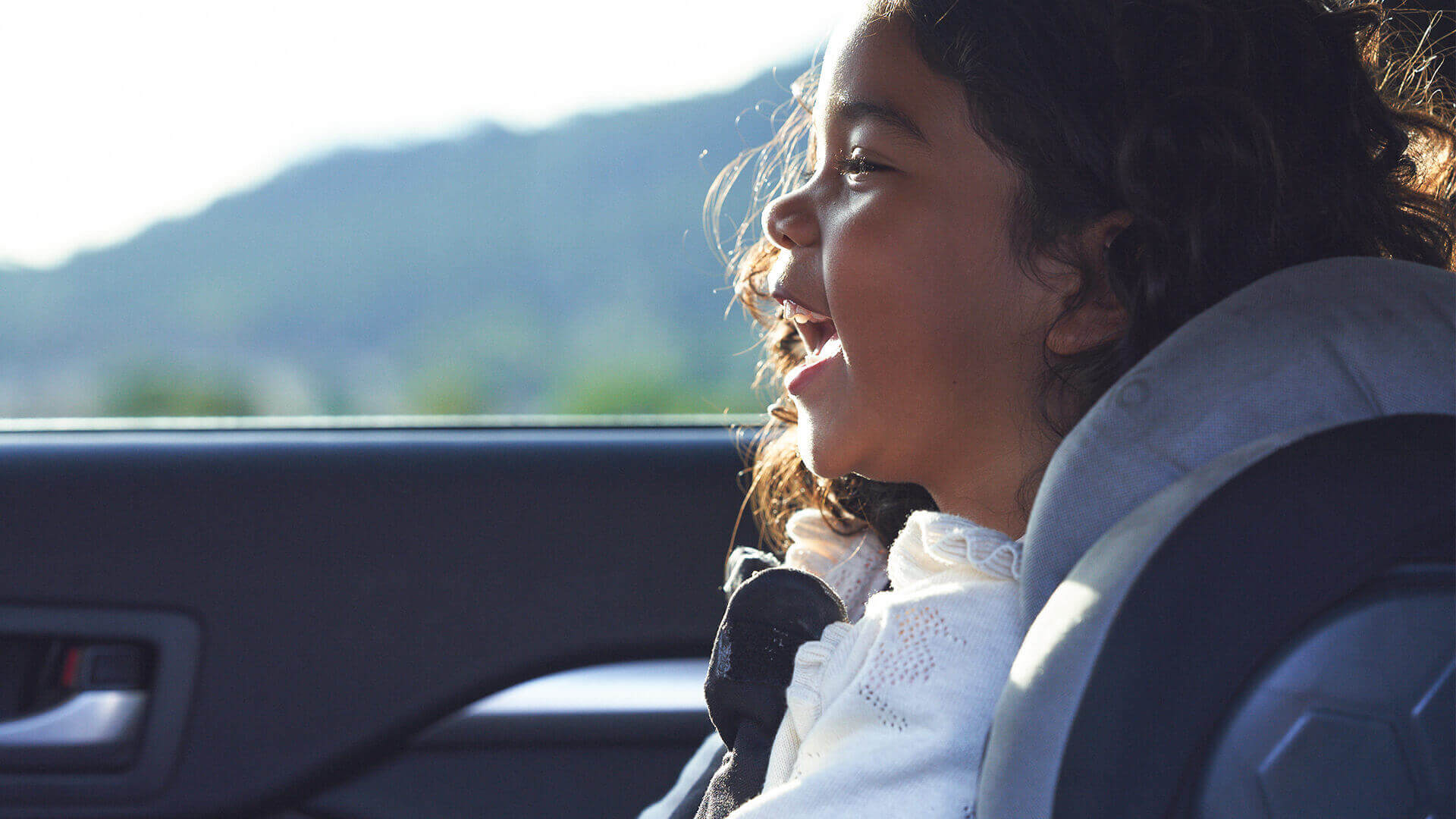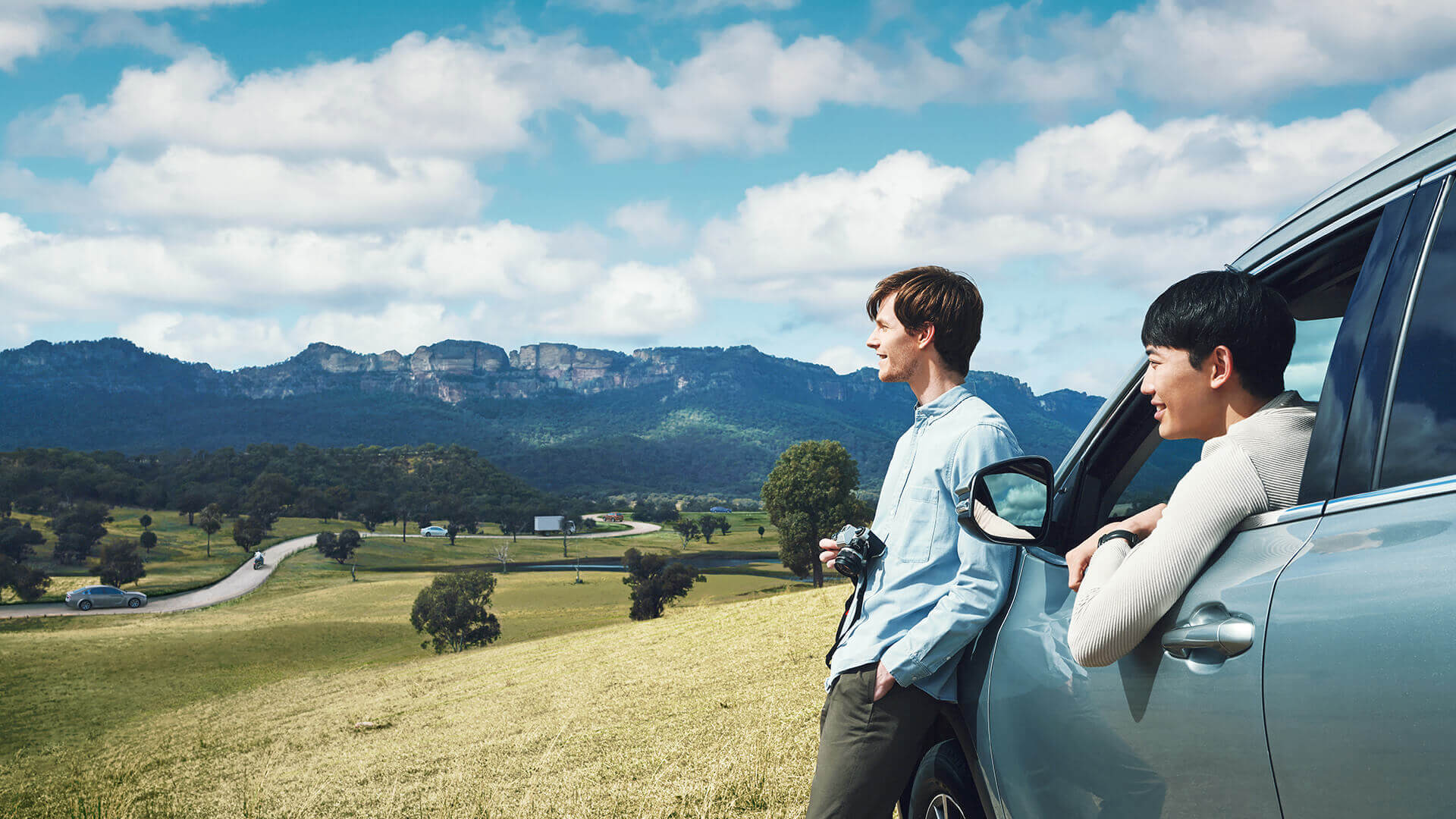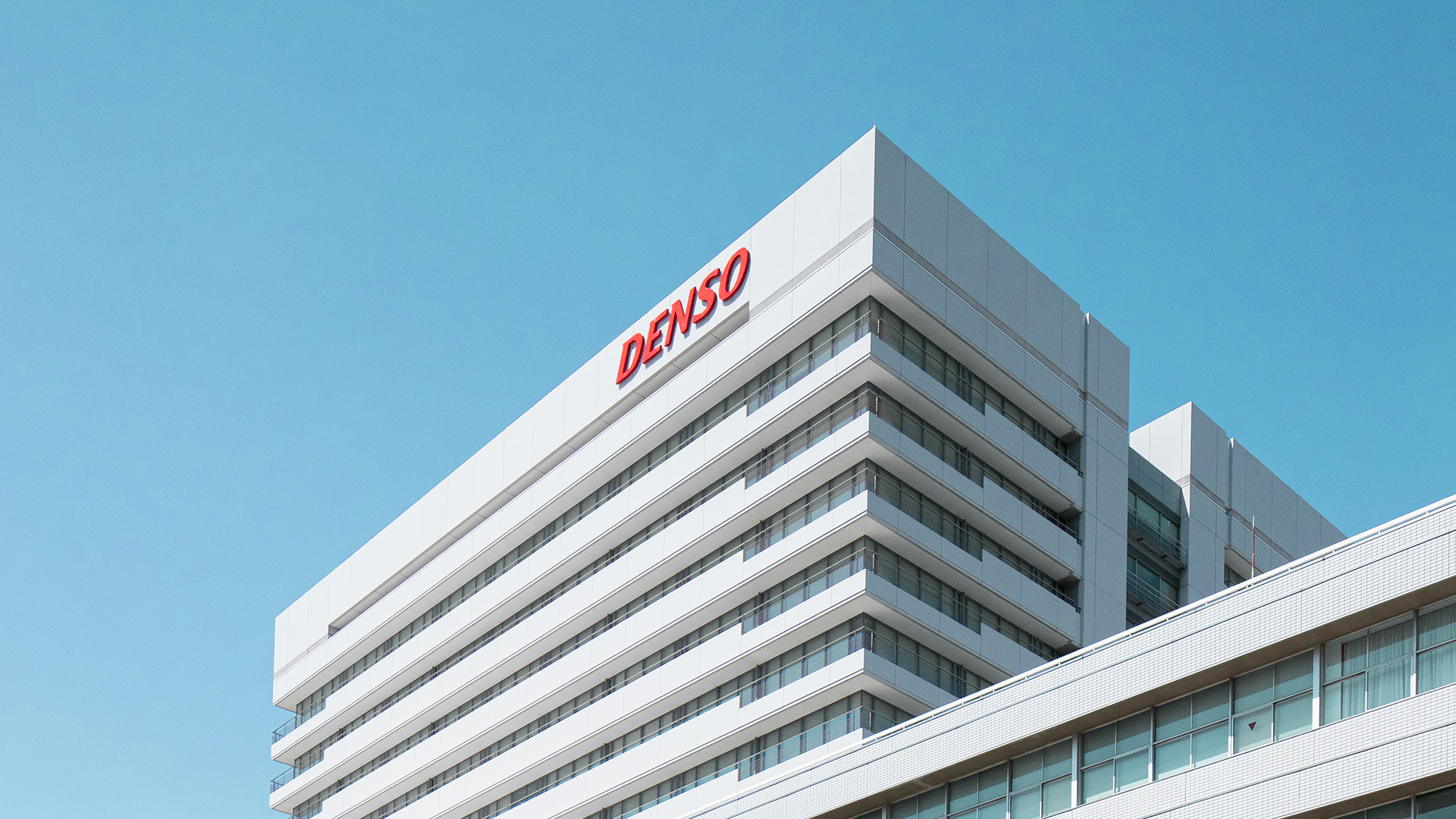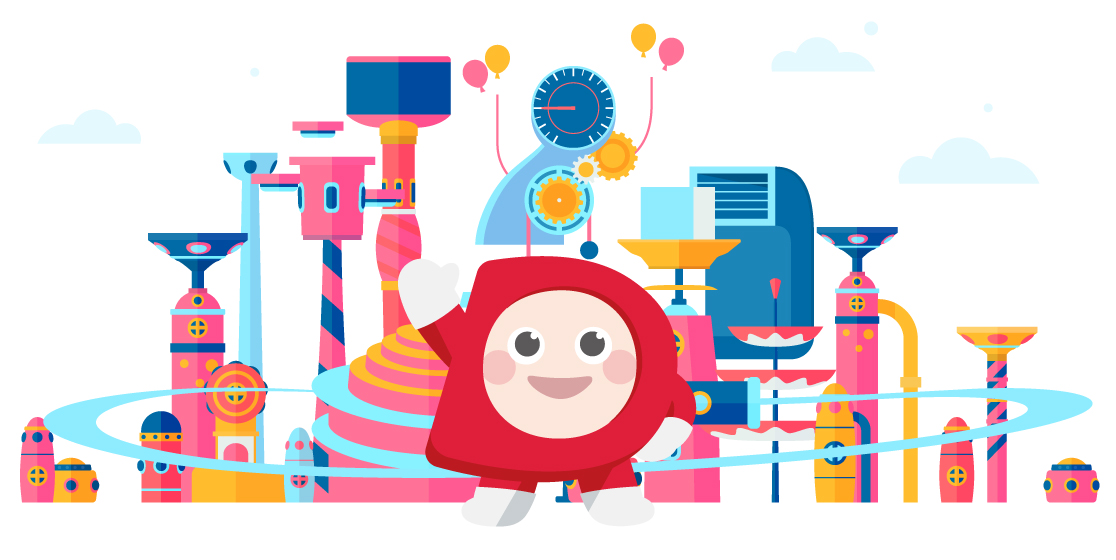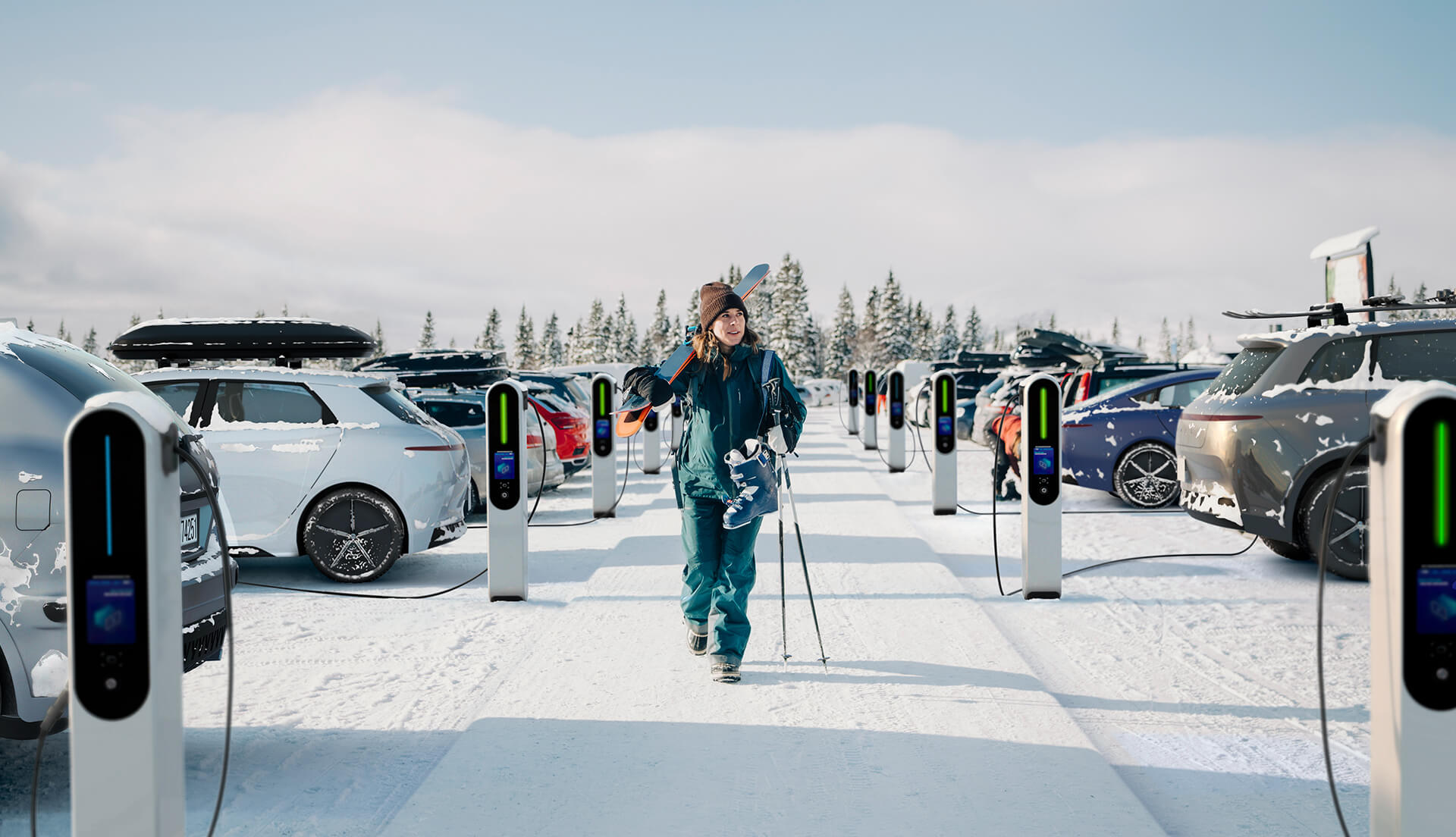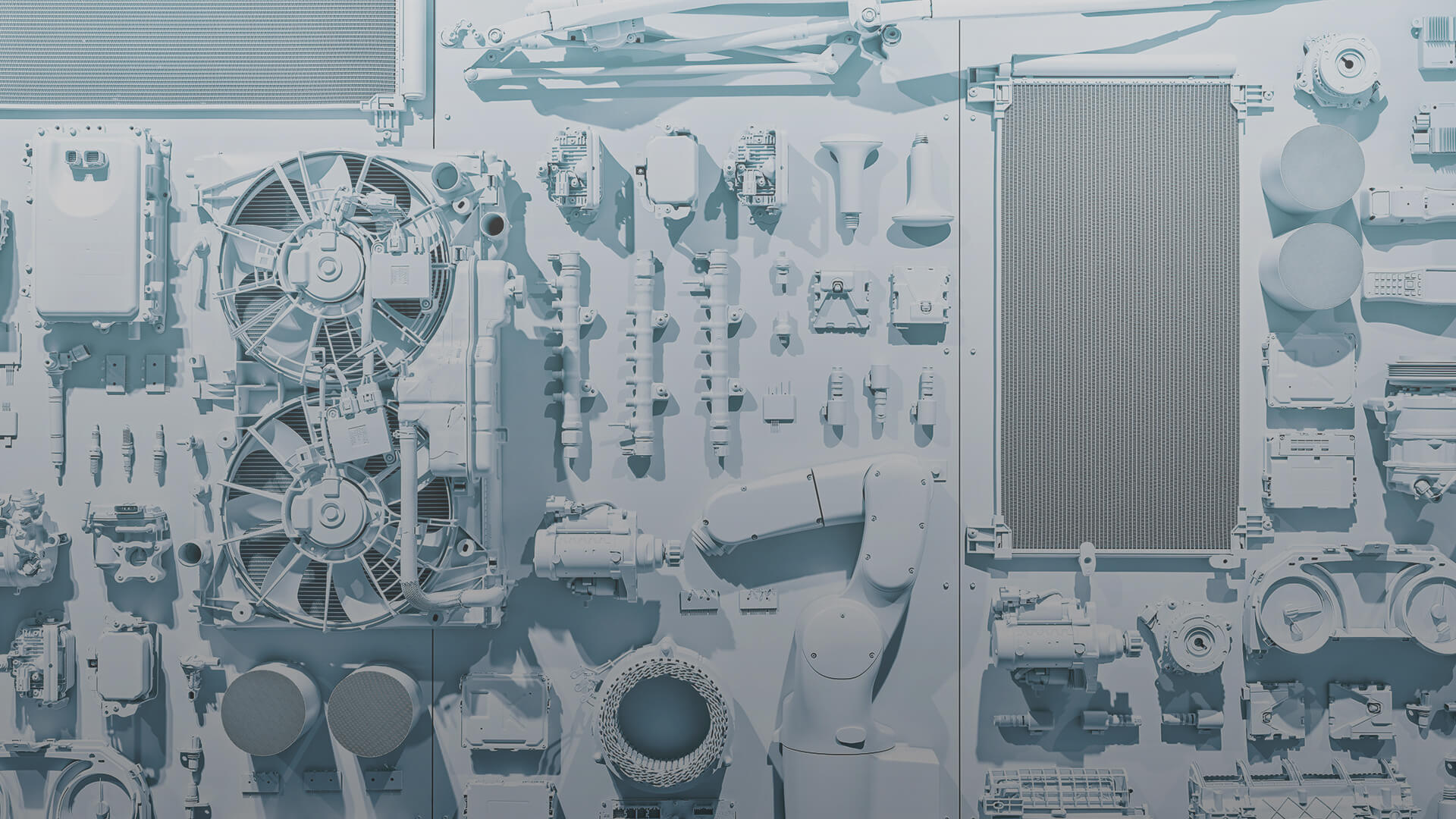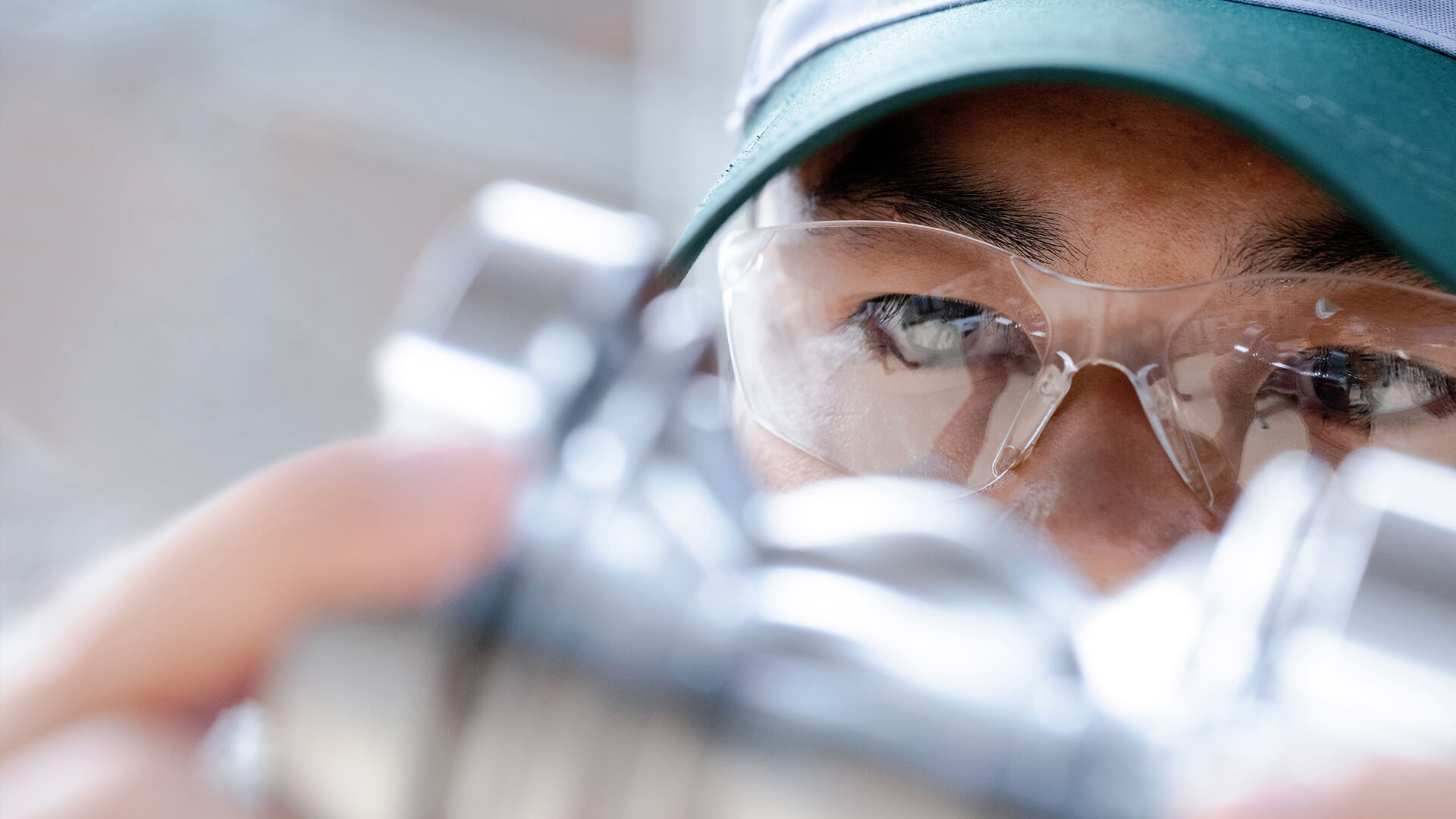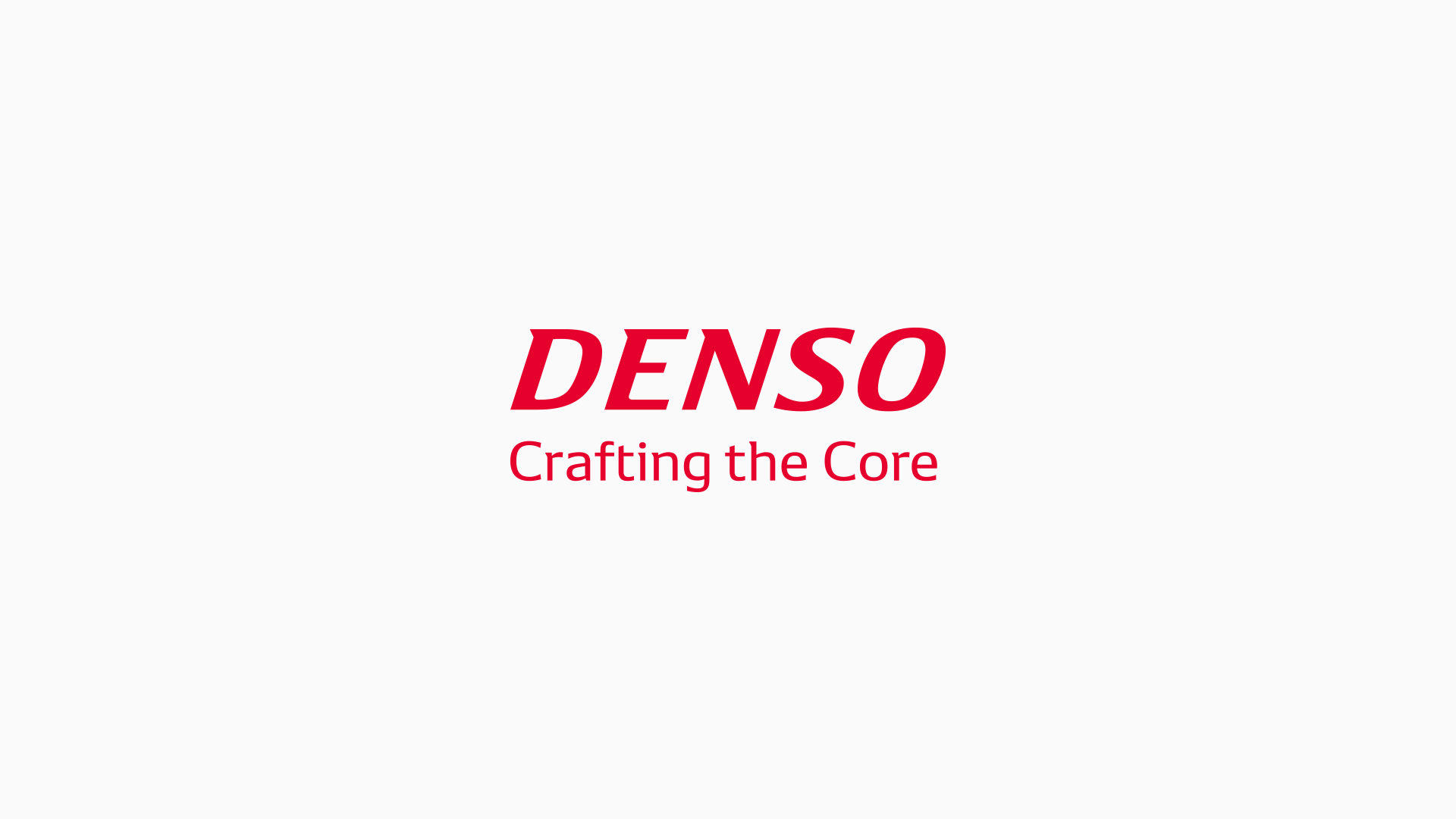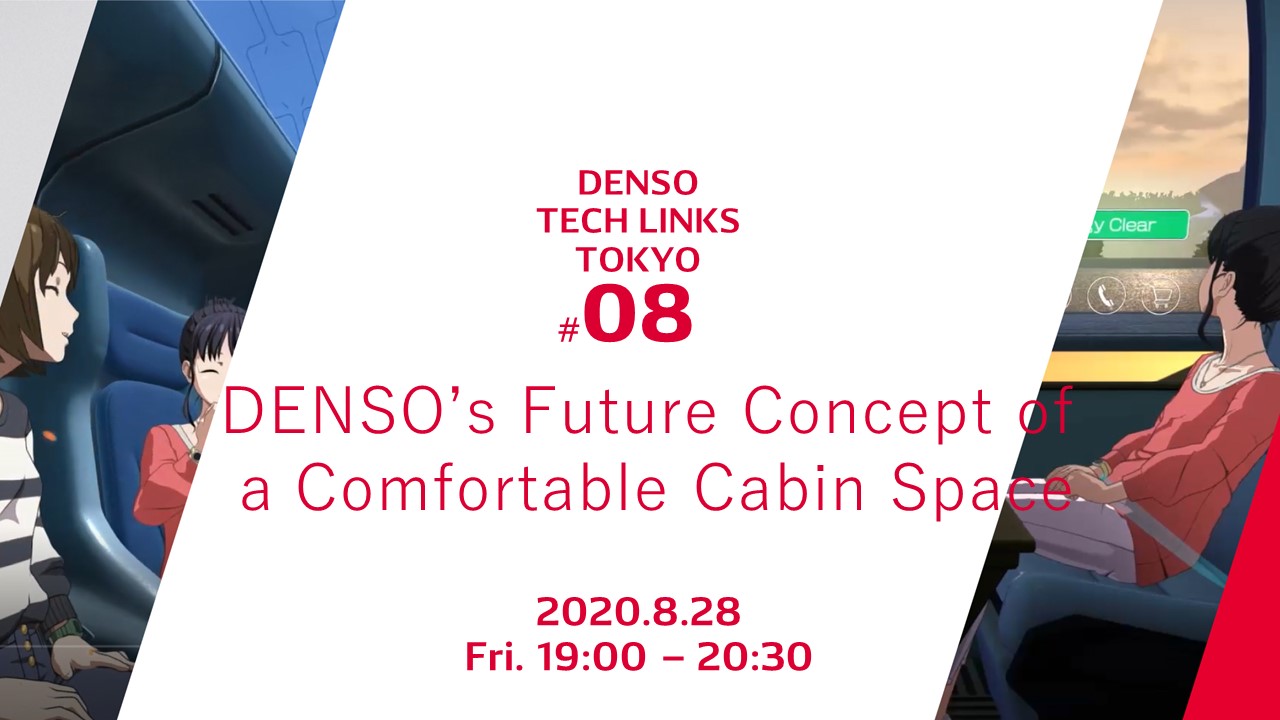
How Should People, Goods, and Experience Be Transported While Ensuring Comfort? What Is a Comfortable Cabin Space in the Era of Electrification and Automated Driving?
DENSO Tech Links Tokyo is an event to introduce DENSO’s vision and efforts. In the eighth event, three employees gave online presentations to discuss the definition of a comfortable cabin space based on the theme of “DENSO’s Future Concept of a Comfortable Cabin Space.” First, Daichi Yagi of the Product Planning Office introduced the concept of the cockpit cabin of the future based on a movie.
■Speakers
Daichi Yagi
Manager, Marketing Section, Product Planning Office, Tokyo Office, DENSO Corporation
Suppliers Must Identify Users’ Needs and Propose Products
Daichi Yagi: I’m Yagi of the Product Planning Office, Tokyo Office. In my presentation, I’ll explain our concept of the cockpit cabin of the future.
First, let me explain briefly the role of the Product Planning Office.
Recently, DENSO, though it is a supplier, has been increasingly required to identify the needs of end users properly and propose products that meet those needs.
Against this backdrop, the Product Planning Office was organized in 2018 as a group of professionals by recruiting individuals experienced in surveying, marketing, and product planning from outside DENSO. Now, I would like to explain our concept of the cabin of the future.
A “Fourth Place” Only Offered by Vehicles
For our concept of the cabin space of the future, we aim to create a fourth place only offered by vehicles.
Many of you may be familiar with the idea of creating a comfortable third place separate from the home or office, which Howard Schultz, CEO of Starbucks, advocated. As shown in the figure below, vehicles will become the fourth place in a unique way.
Obviously, a vehicle cabin can be used for mobility. It also offers an enclosed private space that ensures privacy and security, as well as safety amid the Covid-19 turmoil. From the viewpoint of technology development, it is easy to achieve recognition and judgment technologies because occupants sit in fixed positions in a cabin.
We created a concept movie to show how occupants will spend time in the fourth place, which will help you understand what I am talking about.
YouTube links and QR codes are indicated so that you can easily access the movies. There are two versions: 1 and 2. Today, I will show you Version 2 due to time constraints.
(Youtube:https://www.youtube.com/watch?v=LmHvHA5QWfY&feature=emb_logo)
I hope the movie has given you some ideas about our concept of the future. Unfortunately, I cannot see your reaction, but isn’t it exciting? As I mentioned earlier, Version 1 is also available. Later, I will explain about the movie using slides.
CASE: A Keyword behind the Major Transformation of the Auto Industry
CASE is a commonly used term in the auto industry; it is the keyword behind the once-in-a-century transformation of the industry. I will give an explanation based on this term.
You may know the word CASE, but you may not be familiar with the market shares of CASE, including connected cars and EVs, so let me give some specific numbers.
Connected cars accounted for 30% of new cars sold in the last fiscal year. Most new cars will be connected cars in 10 or 15 years.
Market research companies have predicted the future development of automated driving. There are five levels of automated driving, from one to five. Level 4 vehicles are expected to be on the market by the middle of the 2020s. Many market research companies predict that Level 5 vehicles will be released in 2030 or later.
Regarding shared vehicles, this figure shows the market size of services, including ride sharing, instead of the number of vehicles. The market value was 61.3 billion dollars in 2018 and is expected reach 218 billion dollars in 2025. Obviously, these numbers will be affected by Covid-19.
Regarding electrification, EVs accounted for about 15%, which was equivalent to about 15 million vehicles. EVs will continue to increase.
New Cabin Features for “Connected”
The increase in CASE-related features, including those of connected cars, will make it possible to easily obtain detailed information for driver assistance. For example, V2X communication may be used for communication between vehicles to assist driving. A vehicle agent will become a realistic solution. For example, it will manage the status of automated driving and could project the scenery of Hawaii for relaxation during automated driving.
Connected cars will also be equipped with features to monitor the status of the driver. Specifically, vehicles will monitor the driver’s physical condition based on biometric information obtained by sensing devices. The agent will give recommendations by detecting the pulse and fatigue of the driver and taking into account everything in and outside the cabin.
New Cabin Features for “Autonomous”
How to spend time in the cabin during automated driving is a point of discussion. We have been drawing up scenarios and conducting surveys. The results show that the need for relaxation will dramatically increase. In a cabin, some occupants may want to take a nap, while others may want to concentrate on work. For example, the driver may work while the occupant in the passenger seat may sleep. The functionality will be optimized for each occupant.
New Cabin Features for “Electric”
Regarding electric vehicles, this slide shows new platform solutions rather than scenarios. In the above case, fast charging and wireless charging will be highly valuable in combination with automated driving. In this case, a vehicle may return to its charging station automatically just like a Roomba vacuum cleaner.
Solutions to be achieved for occupants include air conditioning the cabin before getting into the vehicle or removing viruses and purifying the air to ensure safety. These will be the new features for electric vehicles.
Transporting People, Goods, and Experience
Regarding shared vehicles, my explanation so far has assumed that you are familiar with another keyword, “Mobility as a Service.” Now, I will explain the context of MaaS and scenarios of shared vehicles.
We anticipate three main usages: transport of people, transport of goods, including logistics, and transport of experience, which means that experience is augmented in coordination with various services.
Scenarios for “Transport of People”
The scenarios for “transport of people” were launched first. In the field of ride sharing, various service companies, including Uber, were established. Amid the Covid-19 pandemic, there will be growing needs for a personalized space in terms of sound, temperature, and safety of air.
Users of MaaS services, such as Whim, have to change vehicles. They must find the right vehicle to change. Arrangements should be made so that users do not get lost. It is different from taking a bus with other passengers at a bus stop.
Users will need to identify the next vehicle, authenticate themselves, remove allergens and purify the air, and thereby ensure safety in advance based on authentication.
This scene was shown in the movie that we watched earlier. Users will be able to order food by an online delivery service and receive it in the next vehicle.
In “transport of people,” a lookahead agent will play a key role.
The cabins of distant vehicles will be seamlessly connected so that users can enjoy conversation. If the destination must be changed due to an unexpected accident, the agent will recommend other destinations and provide information about the time and content of experience based on the information around the vehicle and make reservations. This will help users to smoothly switch to the next service.
Scenarios of “Transport of Goods”
The second point is the transport of goods. As shown in the movie, ice cream and fruit were delivered on demand. Recently, the spread of Covid-19 has led to an increase in online shopping.
In the future, food will be delivered in boxes that enable independent temperature control. Such solutions will make it possible to deliver various types of food, such as perishables and ice cream, to various destinations. Users will be able to receive food when changing vehicles.
Scenarios of “Transport of Experience”
The last point is the transport of experience. I will give several examples.
Linkage with various services will expand the possibilities. I’ll omit the items discussed earlier to avoid redundancy. Subscription services for fashion rentals, including airCloset, will change the experience.
For example, users may not have the appropriate clothes due to an unexpected change in the destination. They will be able to change clothes by having new clothes delivered to their vehicles.
This scenario may be easy to imagine. We can propose a space where users can spend time just like they do in a hotel. They can have a meal, sleep, relax, and project images of their favorite scenery.
Mobility may be linked with services. In this example, a service provider named Whale Café runs an ad, and a user looks at the ad and makes a reservation. As the user changes vehicles to go to the café, the cabin allows the user to be immersed in the world of the café.The cabin is not a mere mobility space on an expressway. It offers excitement during mobility and creates an immersed experience together with the destination.
Service providers can attract visitors by connecting with mobility, and mobility can help increase the value of experience. Such needs are expected to grow.
Thank you very much.
